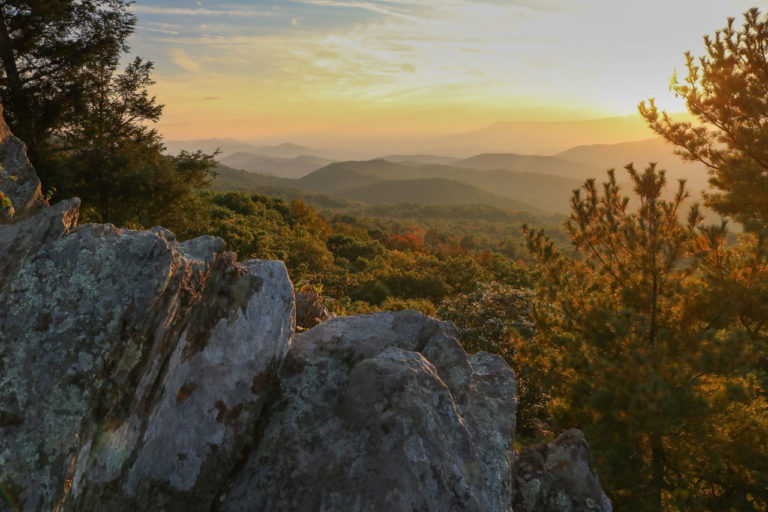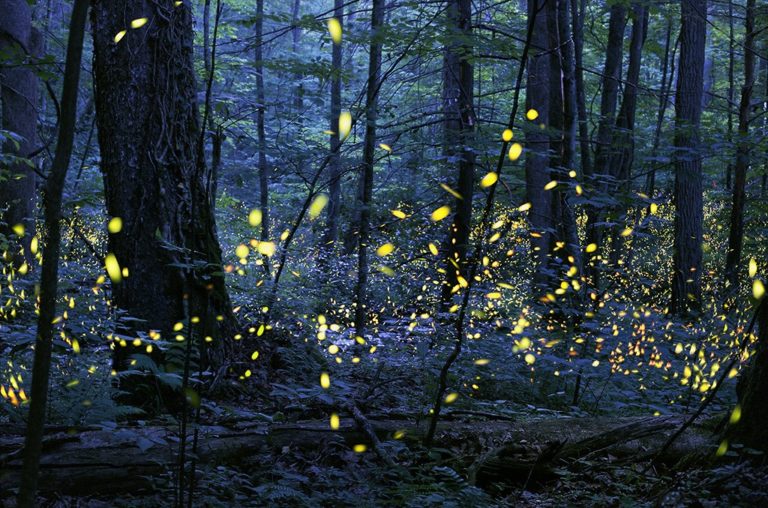The Best Seasons to Visit Virgin Islands National Park: A Top 4 Guide
Virgin Islands National Park, located on the stunning island of St. John in the U.S. Virgin Islands, is a tropical paradise offering breathtaking beaches, lush rainforests, and vibrant marine life.
While this Caribbean jewel is a year-round destination, some seasons provide more favorable conditions for exploring its natural beauty. Whether you’re an adventurer, a history buff, or a beach lover, timing your visit can enhance your experience greatly.
So, here’s a ranking of the best seasons to visit Virgin Islands National Park, with winter taking the number one spot.
Best Time to Visit Virgin Islands National Park
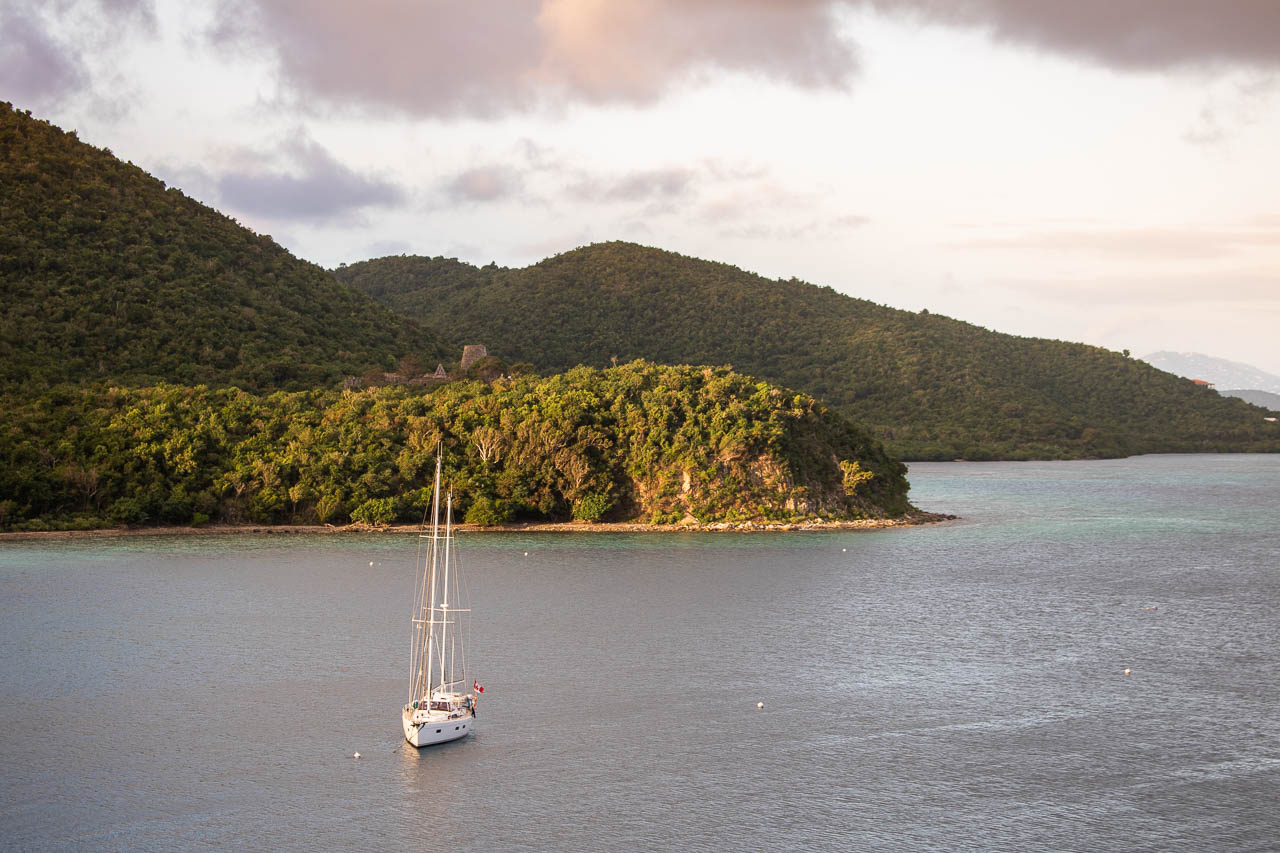
4. Summer (June to August) – The Warm and Tranquil Escape
Summer in Virgin Islands National Park offers warm temperatures averaging in the mid-to-upper 80s (°F) with high humidity. While this is the hottest and most humid time of the year, it also provides some advantages.
Crowds are significantly thinner compared to peak seasons, making it an excellent time for travelers seeking a quiet, laid-back atmosphere. Additionally, hotel and tour prices tend to be lower, offering budget-conscious visitors an opportunity to enjoy paradise without completely breaking the bank.
One of the highlights of summer is the crystal-clear waters, making it an excellent time for snorkeling and diving. The marine life is thriving, with colorful coral reefs and an abundance of tropical fish visible at world-class snorkeling sites like Trunk Bay and Waterlemon Cay.
However, the downside of visiting in summer is the start of hurricane season, which officially runs from June to November, peaking in September. Travelers should monitor weather forecasts and consider travel insurance in case of storms.
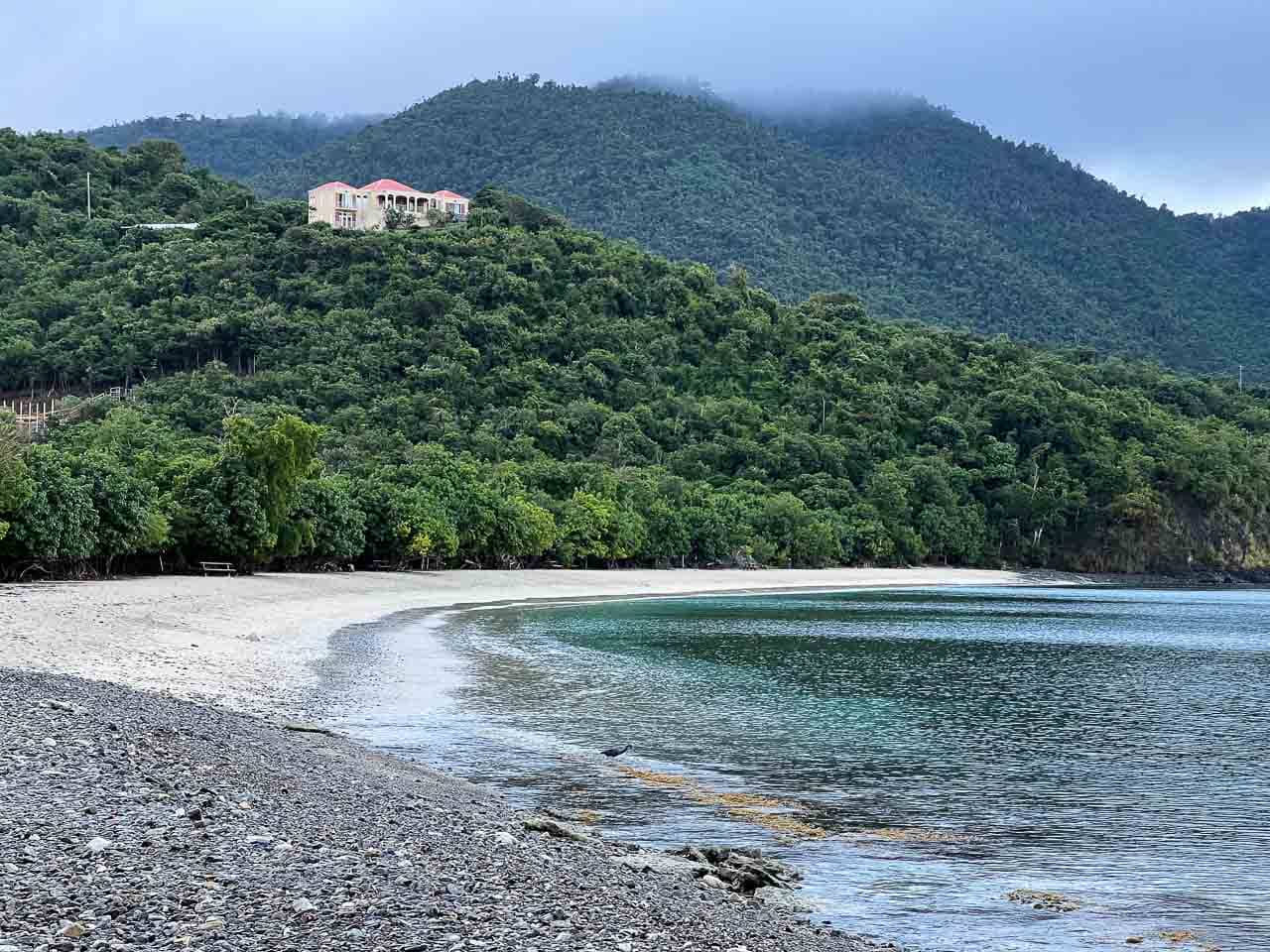
3. Fall (September to November) – A Secluded Paradise
For travelers seeking seclusion and unbeatable travel deals, fall is an attractive option. This is the least crowded time of the year, as many tourists avoid the Caribbean due to the peak of hurricane season.
While the risk of hurricanes can be a potential concern, those willing to plan carefully or spontaneously—and keep a close eye on forecasts—can enjoy a peaceful, nearly private experience in Virgin Islands National Park.
Temperatures during the fall remain warm, typically in the mid-80s, with refreshing breezes helping to balance the humidity.
The beaches and hiking trails are nearly empty (relatively speaking, of course), making it an excellent time for solitude seekers. Fall also marks the return of migrating sea turtles, providing unique opportunities for snorkelers and divers to witness these magnificent creatures at Maho Bay or Francis Bay.
A huge benefit of visiting in the fall is the affordability. Hotel rates and airfare drop significantly, making it an appealing time for budget travelers.
However, some businesses may reduce their hours or temporarily close due to the low number of tourists. If you’re flexible and willing to take the risk of unpredictable weather, fall can be a rewarding time to explore Virgin Islands National Park.
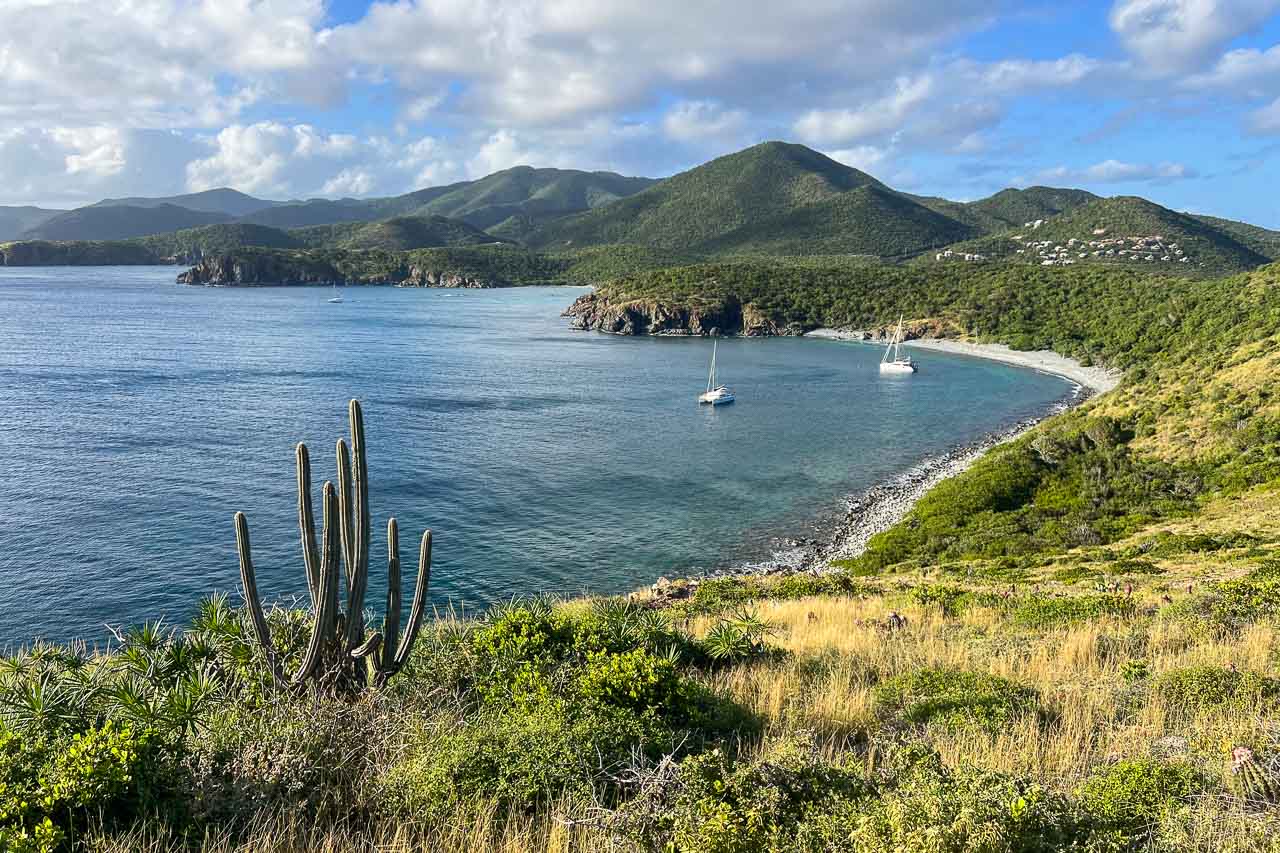
2. Spring (March to May) – A Lush and Refreshing Experience
Spring is an excellent time to visit Virgin Islands National Park for those who enjoy warm temperatures without the intense humidity of summer.
With average highs in the low-to-mid 80s, the weather is comfortable for hiking scenic trails like the Reef Bay Trail, where visitors can explore ancient petroglyphs and cascading waterfalls. Other hikes in Virgin Islands National Park I highly recommend are the Ram Head Trail, Cinnamon Bay Trail, and Johnny Horn Trail.
The spring season also sees the national park at its lushest, thanks to the preceding winter rains, making it a great time for nature enthusiasts.
Another advantage of visiting in spring is the moderate crowd levels. While still a popular time, it doesn’t see the overwhelming influx of tourists that winter attracts.
This balance allows visitors to enjoy activities like kayaking through Hurricane Hole or exploring the historic Annaberg Plantation Ruins without long waits or congestion.
Spring is also a fantastic time for bird watching. Along with the ever-present resident birds, numerous migratory birds make their way through the region.
The park’s neotropical migrants are present from November to April, while its summer residents arrive in April and stay through October. This makes April an especially great month to observe lots of bird traffic throughout Virgin Islands National Park.
Many a bird lover relishes the opportunity to spot species like the bananaquit, green-throated carib, Antillean-crested hummingbird, mangrove cuckoo, lesser yellowlegs, brown pelicans, and various types of herons and egrets. Arguably the best place for birding in Virgin Islands National Park is the Francis Bay Trail, which features a forest path, shoreline section, boardwalk through mangroves.
The main drawback of spring, on the other hand, is the increasing humidity as the season progresses, particularly in May, when brief but intense showers become more common. I’d therefore recommend visiting earlier in the season rather than later.
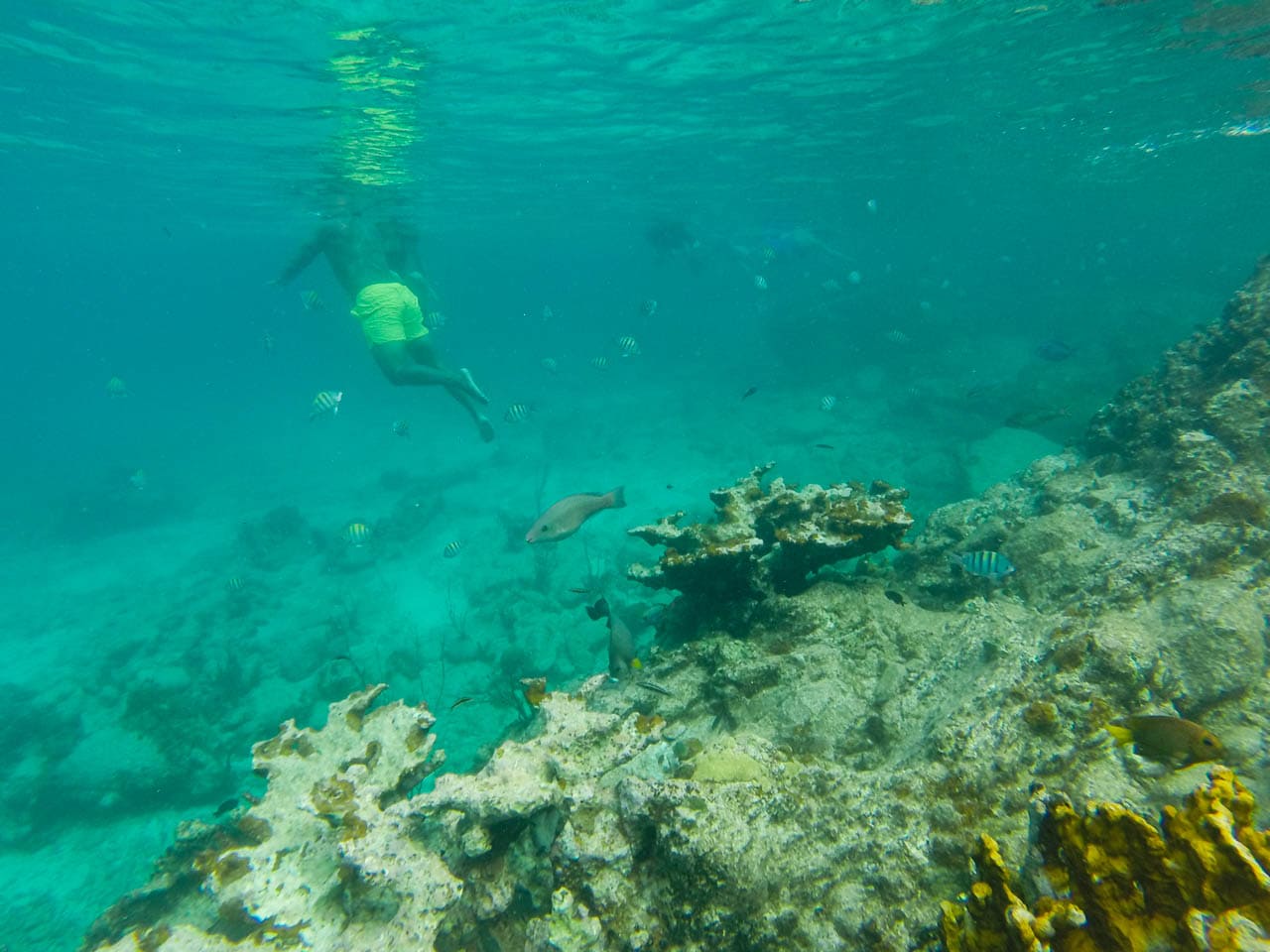
1. Winter (December to February) – The Ultimate Time to Visit
Winter takes the top spot as the best season to visit Virgin Islands National Park, and for good reason.
This is the driest and most pleasant time of the year, with average temperatures in the low-to-mid 80s and comfortable humidity levels. The cooling trade winds make outdoor activities like hiking, snorkeling, and sailing even more enjoyable.
One of the biggest draws of winter is the crystal-clear water conditions. Visibility for snorkeling and diving is at its best, making this the prime season to explore the vibrant coral reefs and underwater caves.
Popular sites like Trunk Bay’s Underwater Snorkel Trail, the seagrass beds of Maho Bay, and the reefs at Leinster Bay are teeming with marine life, including sea turtles, rays, and a variety of tropical fish.
Winter is also peak season for whale watching. Humpback whales migrate through the Caribbean during this time, and lucky visitors might spot them breaching in the distance.
The only downside of visiting in December and January is the higher cost and increased crowds. Accommodations and flights are at their most expensive, and popular spots like Cinnamon Bay and Trunk Bay can get busy.
However, for those who plan ahead and book early, the breathtaking scenery and near-perfect weather make winter the ultimate time to visit Virgin Islands National Park.
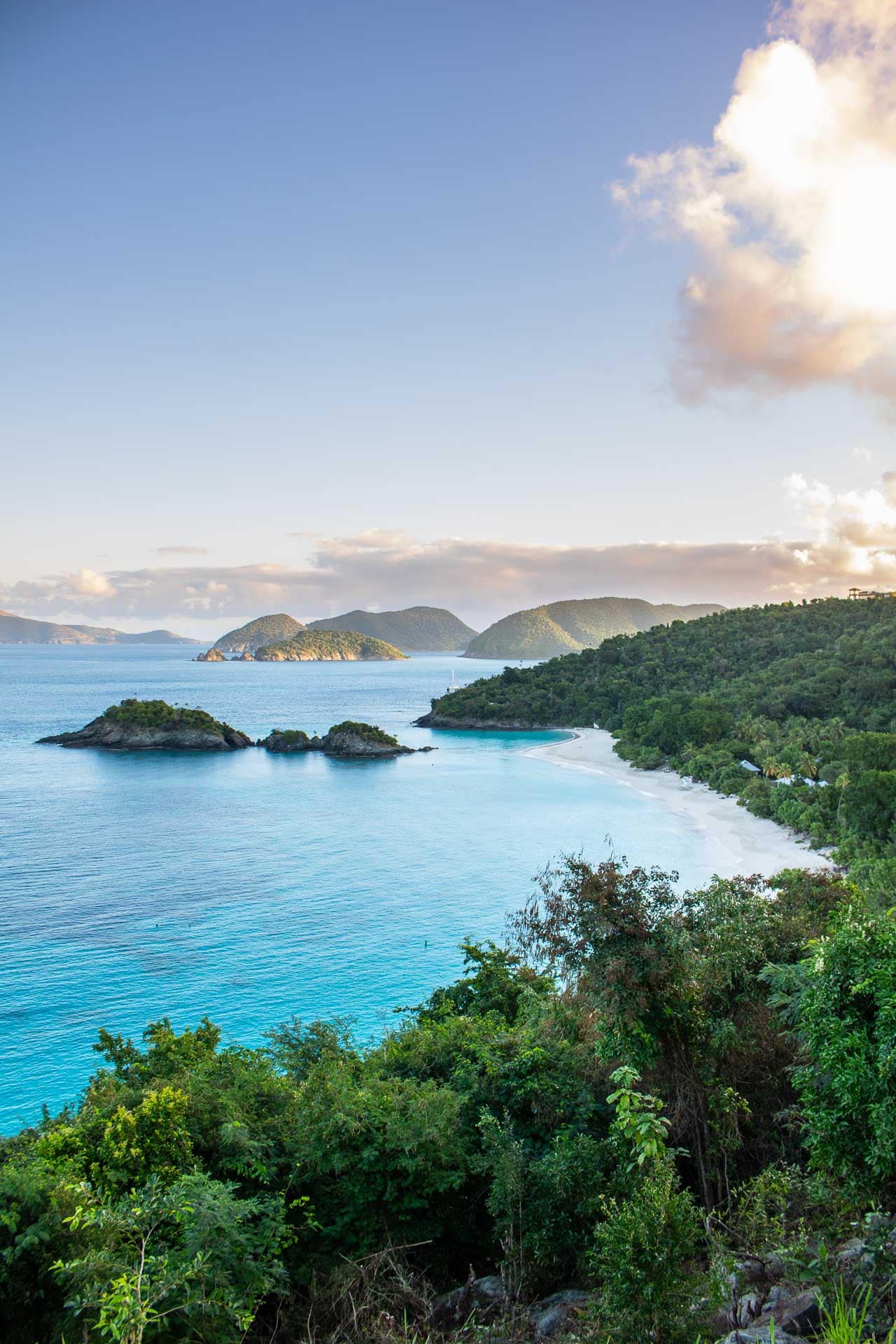
Final Thoughts on the Seasons in Virgin Islands National Park
No matter what time of year you choose to visit Virgin Islands National Park, you’re guaranteed a stunning experience filled with natural beauty and adventure. Each season offers its unique advantages, from the peaceful solitude of fall to the vibrant marine life of winter.
If you’re looking for the perfect balance of ideal weather, exciting marine life sightings, and cultural experiences, winter stands out as the best time to explore this Caribbean paradise.
CHECK OUT THIS BLOG POST FOR THE BEST MONTHS TO VISIT EACH NATIONAL PARK
More About Virgin Islands National Park
- Park Website
- Travel Guide
- Topographic Map
- Most Beautiful Beaches in Virgin Islands National Park
- Places to Watch the Sunrise in Virgin Islands National Park
- Best Views in Virgin Islands National Park
- Best Hikes in Virgin Islands National Park
- Historic Plantation Ruins in Virgin Islands National Park
- Virgin Islands National Park Snorkeling Guide
- Accommodation



